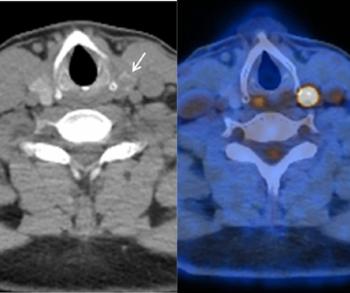
4D Flow MRI Measurements More Beneficial Than Stress Echocardiography
Imaging method offers greater understanding into right-sided heart dysfunction.
Cardiovascular 4D MRI does a better job of measuring blood flow during exercise than does traditional stress echocardiography, giving providers an improved understanding of dysfunction on the right side of the heart.
In a small study from the University of Wisconsin, researchers analyzed nine healthy adults with 4D flow MRI both during strenuous exercise and at rest. Their results, published in the June 18
As part of the study, the team, led by Jacob Macdonald, Ph.D., performed 4D MRI on nine adults, with an average age of 26, while they worked out on an MRI-compatible stair-stepper, as well as while they were at rest. The data was gathered between March 2016 and July 2017.
The scanning process lasted nine minutes, limiting the number of patients who were able to physically complete the study, but experts in an accompanying
Based on study results, the group determined flow measurements in the ascending aorta and the main pulmonary artery can be reliably captured with “good internal consistency.” And, while the signal-to-noise ratio of mid-exercise scans fell by 16 percent on average, the difference was not significant when compared to the at-rest scans.
According to the editorialists, MRI images show that exercise can blur vessel, ventricular, and arterial boundaries, potentially making flow quantification challenging. Additional studies are necessary, they added, and, this first study testing the feasibility of 4D flow MRI as a hemodynamic monitoring tool for exercise can be used as a model.
Newsletter
Stay at the forefront of radiology with the Diagnostic Imaging newsletter, delivering the latest news, clinical insights, and imaging advancements for today’s radiologists.




























